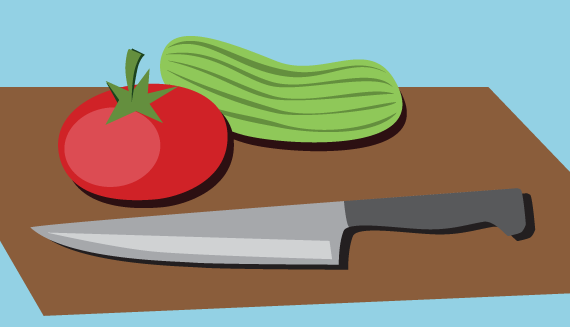Nearly black with purplish hues. Hints of browning at the edge. There are few legs, but the wine clings to the glass. Toasted oak is prominent on the nose, along with fig and a bite reminiscent of nail polish. Sharp acidity on the palate, but sweet at the same time. Hints of black licorice.
3.5/5
Click here to see where you can find a bottle.
